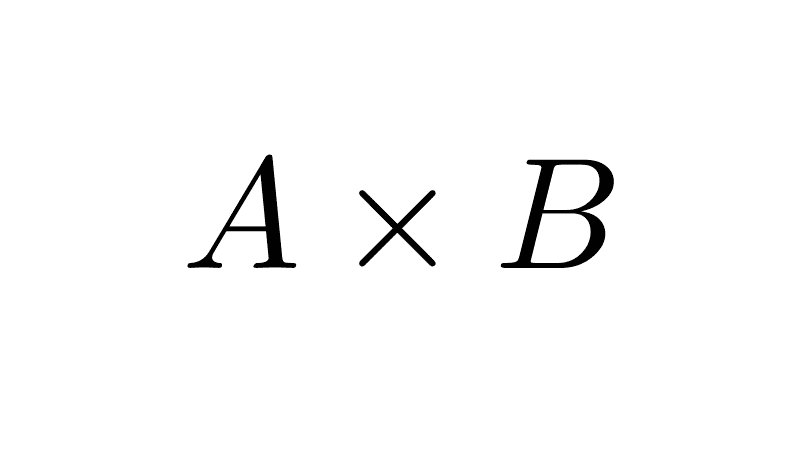
Power Set
The power set of a set A, denoted as P(A), is a new set whose elements are all the subsets of A.
P(A) = {X | X ⊆ A}
Table of Contents
How to calculate the power set
To find the power set of a set A, we must keep in mind that if it has n elements, then there are 2n subsets of it. The empty set and A itself are two of them, as the empty set is a subset of every set, and every set is a subset of itself. The others are formed by combining elements of A in all possible ways.
Example 1
Find the power set of A = {1, 3}.
Solution
Since A has two elements, there are 22 = 4 subsets of it. They are ϕ, {1}, {3}, {1, 3} = A. Therefore:
P(A) = {ϕ, {1}, {3}, A}
Example 2
Calculate the power set of B = {c, d, e}.
Solution
With three elements, we know there are 23 = 8 subsets of B. They are:
ϕ {c} {d} {e}
{c,d} {c,e} {d,e}
{c,d,e}
Therefore, P(B) is the set formed by all the previous sets:
P(B) = {ϕ, {c}, {d}, {e}, {c,d}, {c,e}, {d,e}, {c,d,e}}
It is important to remember that in roster notation, the order of elements is not established, which is why, for example, the sets {c, e} and {e, c} are equal, and only one of them is written.
Example 3
Given the set C = {1, 3, 5, 7}, find its power set.
Solution
Having four elements, there are 24 = 16 subsets of C. They are:
ϕ {1} {3} {5} {7}
{1, 3} {1, 5} {1, 7}
{3, 5} {3, 7} {5, 7}
{1, 3, 5} {1, 3, 7} {3, 5, 7} {1, 5, 7}
{1, 3, 5, 7} = C
Therefore, P(C) is the set formed by all the listed sets.
It is helpful to first form all the single-element sets, then the two-element sets, then the three-element sets, and so on. This way, no sets are missed. At the very end, always verify that the total count matches what we initially calculated.
The idea of a set formed by other sets can be confusing, as we have seen relations between sets like inclusion or equality (which can be defined in terms of inclusion). Given a set A, its subsets are elements of P(A) and are included in A. Looking at the second example: {c} ∈ P(A) and {c} ⊆ A. It is not true that {c} is included in P(A) (although both are sets, the relationship between them is membership, not inclusion). It is also not true that {c} is an element of A, because A does not contain the set {c}, but rather the element c directly. Therefore: {c} ∉ A and {c} ⊈ P(A).
Special power sets
Since the empty set has no elements, there is 20 = 1 subset of it: the empty set itself. Therefore, the power set of the empty set is the set whose only element is the empty set:
P(ϕ) = {ϕ}
A singleton set is one that has only one element, which is why it will have 21 = 2 subsets: the empty set and itself. That is, if A is a singleton set,
P(A) = {ϕ, A}
Bibliography
- Epp, S. (2020). Discrete Mathematics with Applications (5th ed.). Cengage.
- Gallier, J., & Quaintance, J. (2025). Mathematical foundations and aspects of discrete mathematics.
- Haggard, G., Schlipf, J., & Whitesides, S. (2006). Discrete mathematics for computer science. Thomson Brooks/Cole.
- Hunter, D. (2017). Essentials of discrete mathematics (3rd ed.). Jones & Bartlett Learning.
- Johnsonbaugh, R. (2018). Discrete Mathematics (8th ed.). Pearson.
- Levin, O. (2024). Discrete mathematics: An open introduction (4th ed.).
- Lipschutz, S., & Lipson, M. (2007). Theory and problems of discrete mathematics (3rd ed.). McGraw-Hill.
Leave a Reply

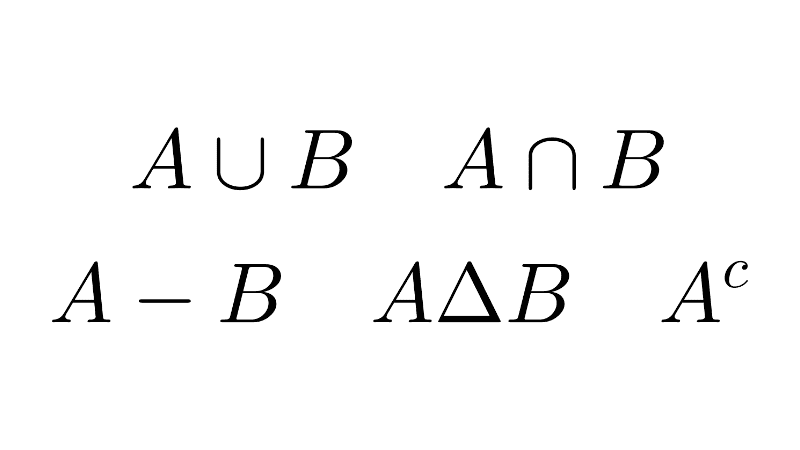
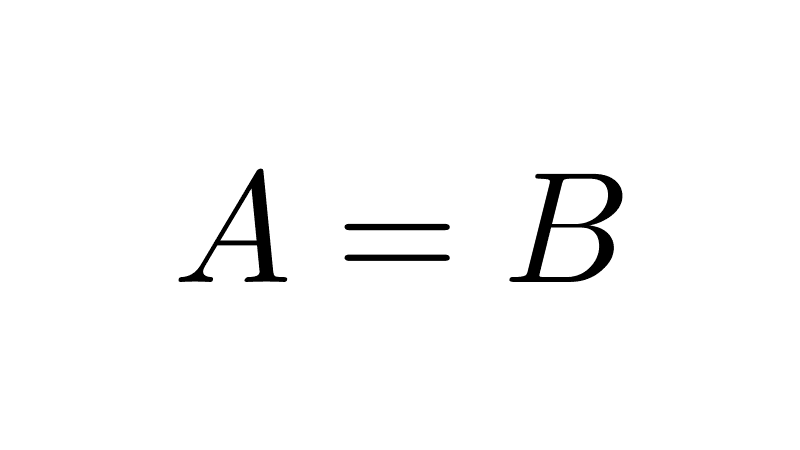
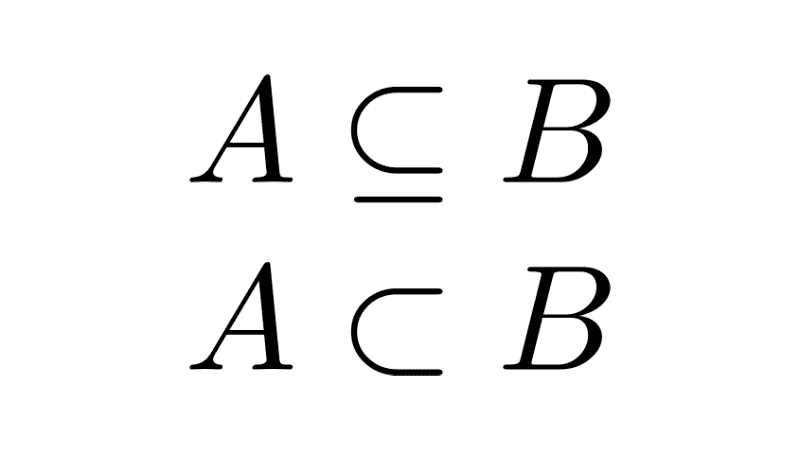
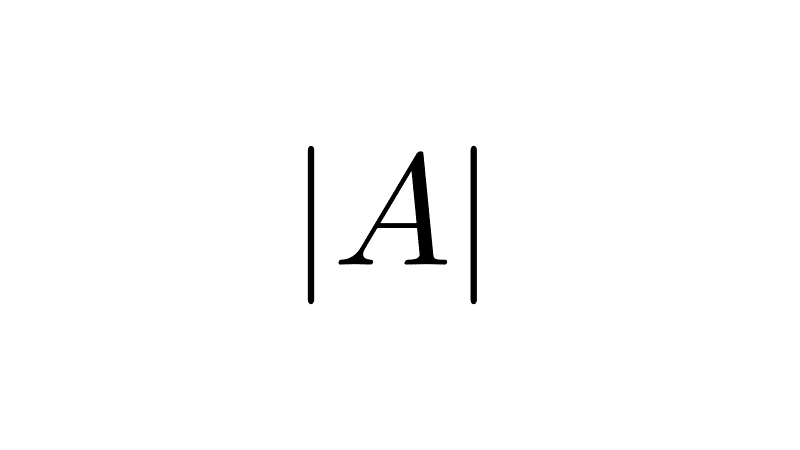
Related posts